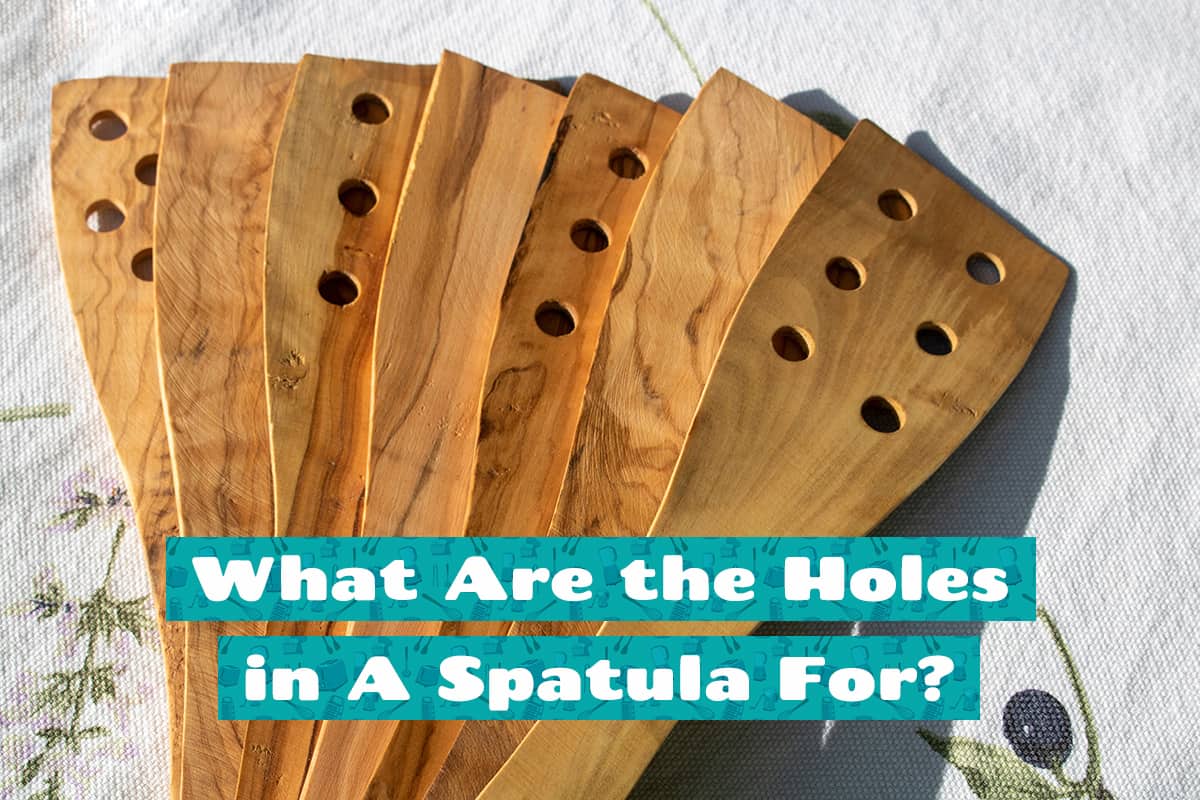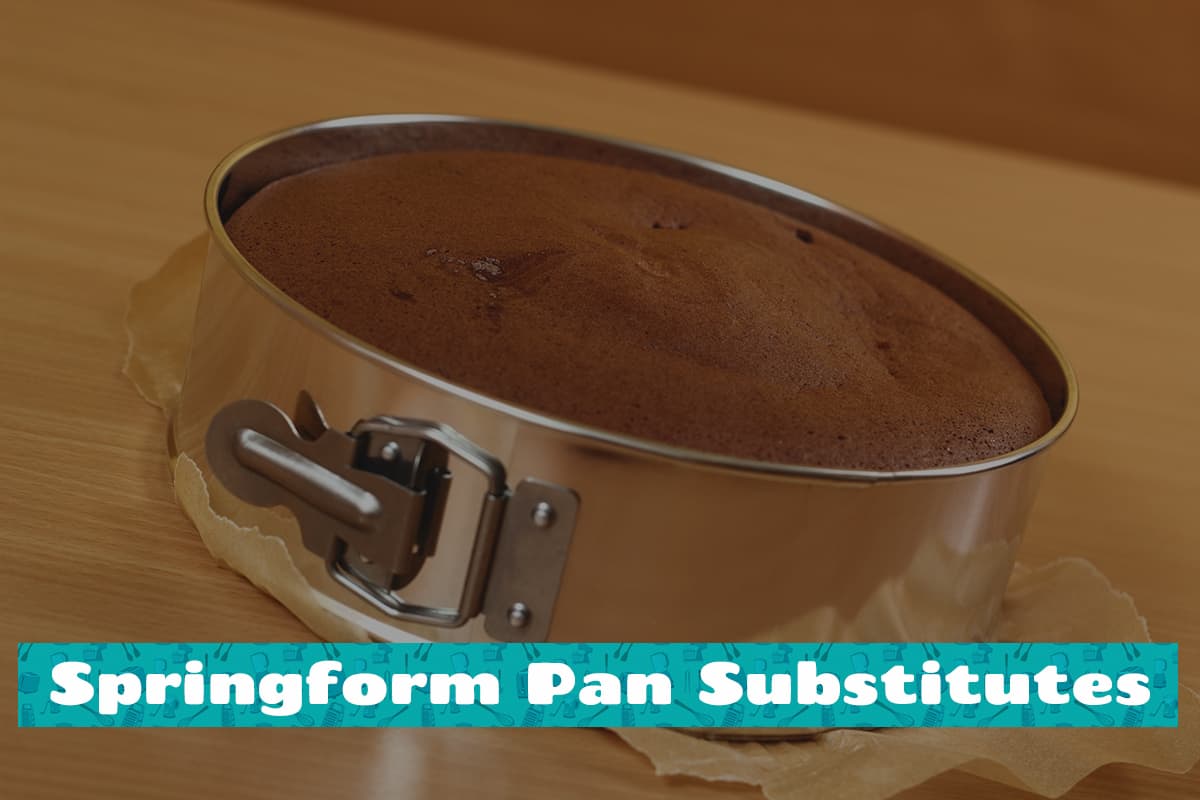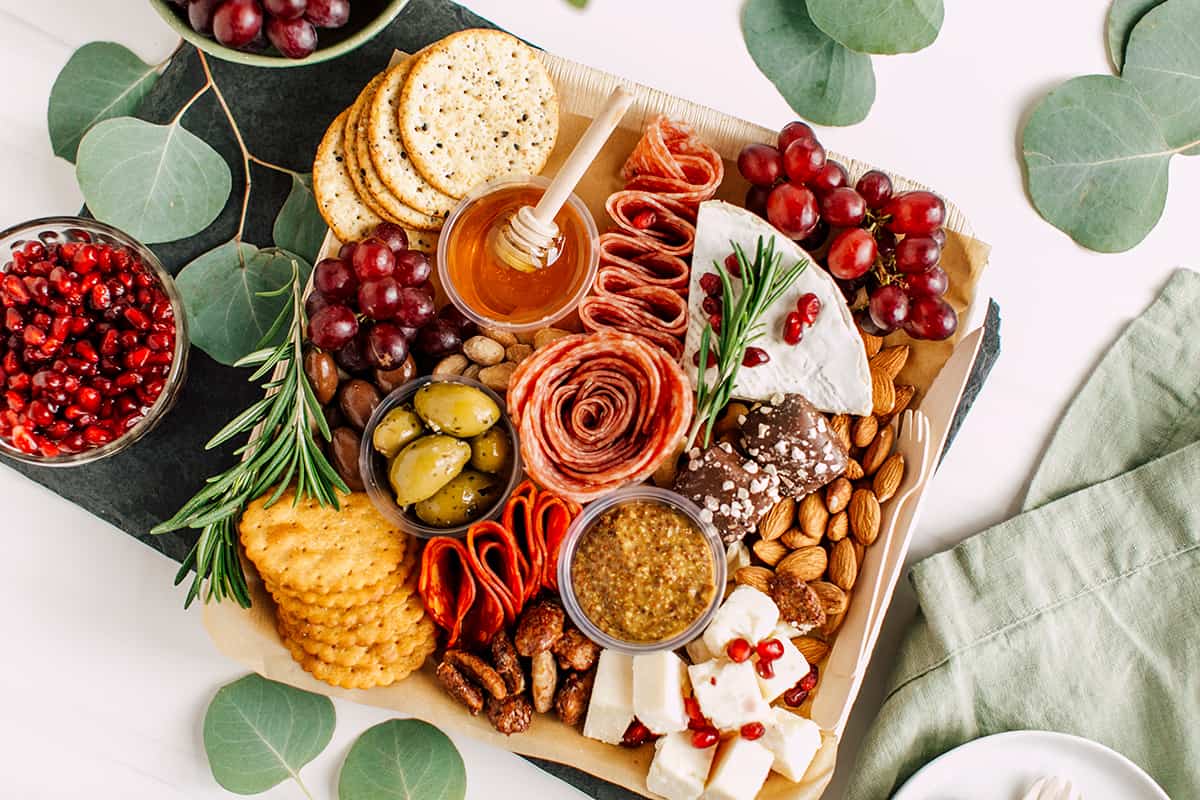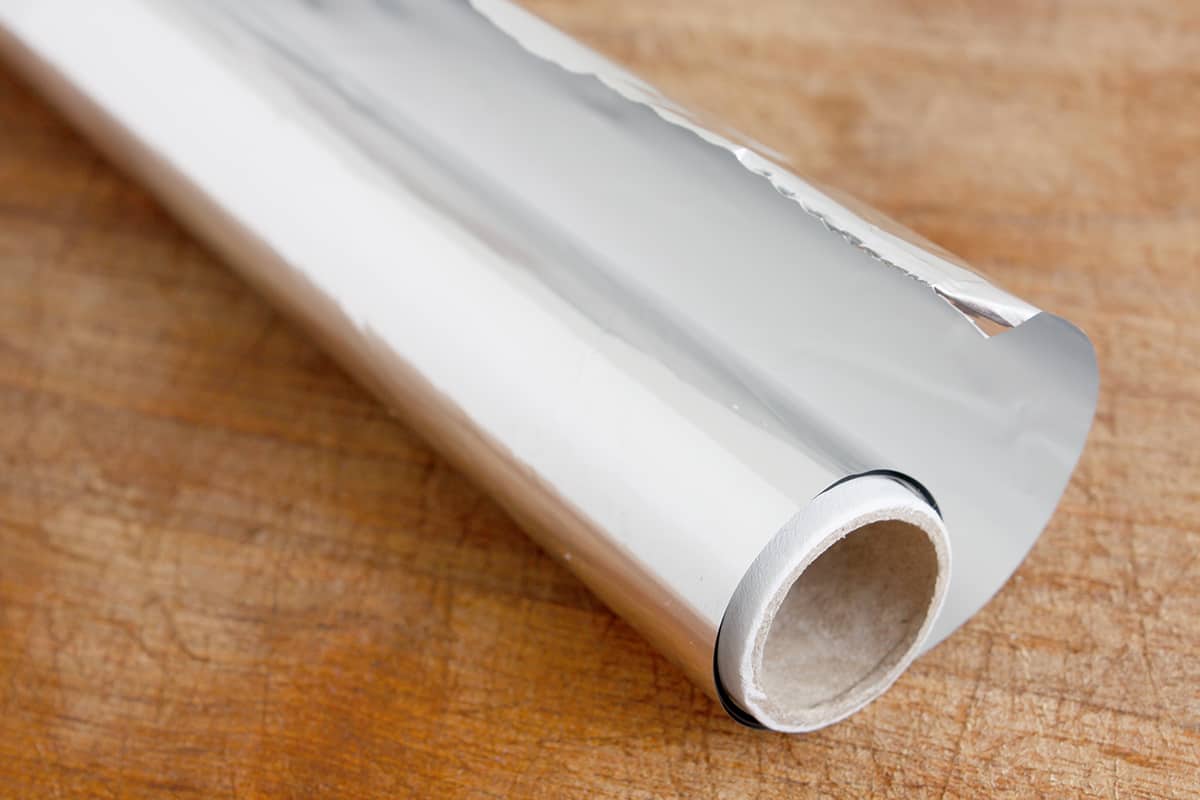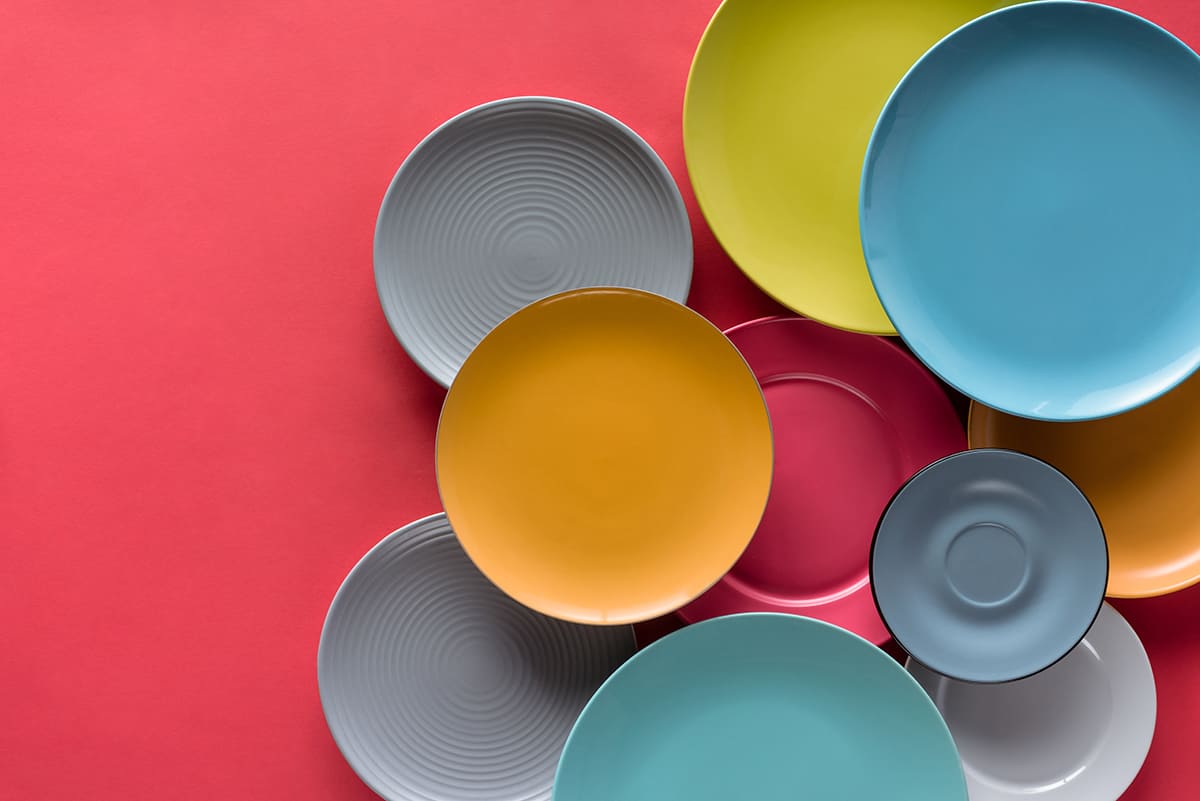Most people know of rectangular cutting boards with rounded corners that protect your countertop when cutting and dicing fruits and vegetables. Acacia cutting boards, in particular, have gained popularity for a number of reasons. If you’re unfamiliar with this type of wooden cutting board, you’ll learn all about them today.
An acacia cutting board is a kitchen tool made from acacia wood. The pros include its high durability, natural antibacterial properties, and striking grain patterns. However, it can be relatively heavy and require more care and maintenance than other types of cutting boards.
This guide will take a deep dive into the world of acacia cutting boards, covering all their advantages and disadvantages. We’ll also compare acacia with other cutting board materials and share tips on how to care for an expensive acacia cutting board.
What Is an Acacia Cutting Board?

Acacia wood comes from the acacia tree, a large genus of trees and shrubs that grow in tropical and subtropical regions worldwide. It’s known for its hardness, density, and robustness, all characteristics that make it ideal for kitchen tools like cutting boards.
The hardness of acacia wood (ranging anywhere from 1170 and 2345 on the Janka scale) contributes to its durability. This means an acacia cutting board can withstand everyday kitchen use, resisting knife marks and staying in good condition longer than softer wood or plastic boards.
Acacia Cutting Board Pros
Investing in an acacia cutting board brings several benefits to your kitchen operations. These advantages make acacia an excellent choice for homeowners seeking both practicality and aesthetics in their kitchen tools.
1. Durability
Thanks to the wood’s hardness and density, acacia cutting boards resist knife cuts and scratches that often plague softer wooden or plastic boards. They are also resistant to warping and cracking, making them a long-lasting addition to your kitchen.
Even with heavy daily use, acacia cutting boards can maintain their shape and integrity for many years, proving to be a cost-effective choice in the long run. This resilience ensures you won’t need to replace your board frequently.
2. Hygiene
The dense grain structure of the wood leaves little room for bacteria to thrive, helping to keep your food safe from contamination. While all cutting boards should be washed thoroughly after each use, the natural antibacterial properties of acacia wood offer an additional layer of protection against harmful microbes.
3. Appearance
While beauty is in the eye of the beholder, there’s no denying acacia wood’s appeal. The wood’s rich color variations, combined with its distinctive grain patterns, create a visually appealing cutting board that can elevate your kitchen’s aesthetics.
Whether you’re using it as a functional kitchen tool or as a serving platter for social gatherings, an acacia cutting board adds a touch of elegance to your kitchen and dining table.
3. Sustainability
Acacia wood is a sustainable resource, making acacia cutting boards an environmentally friendly choice. The trees grow rapidly and are readily available, reducing the need for harvesting slower-growing hardwoods. Choosing acacia for your cutting board can reduce your carbon footprint while enjoying a premium kitchen tool.
Acacia Cutting Board Cons
Of course, there are two sides to every story, and acacia cutting boards are no exception. The good news is that they have few drawbacks. Sadly, their drawbacks are pretty significant.
1. Weight and Size
Acacia cutting boards are typically heavier and bulkier than their plastic or bamboo counterparts due to the density of acacia wood. At around 60 pounds per cubic foot, you may find yourself struggling to lift and carry the tool when using it as a serving platter. This is especially true for those with limited hand strength or mobility.
2. Sensitivity to Moisture and Temperature
While acacia wood is known for its resistance to warping and cracking, it’s still sensitive to extreme changes in moisture and temperature. This means acacia cutting boards should not be soaked in water or cleaned in the dishwasher.
3. Maintenance
To prevent the wood from drying out, you will need to apply a food-safe oil or conditioner periodically. This process helps maintain the board’s moisture balance and extends its lifespan. While this maintenance isn’t particularly challenging or time-consuming, it’s an extra step that busy homeowners might find inconvenient.
Comparing Acacia to Other Cutting Board Materials
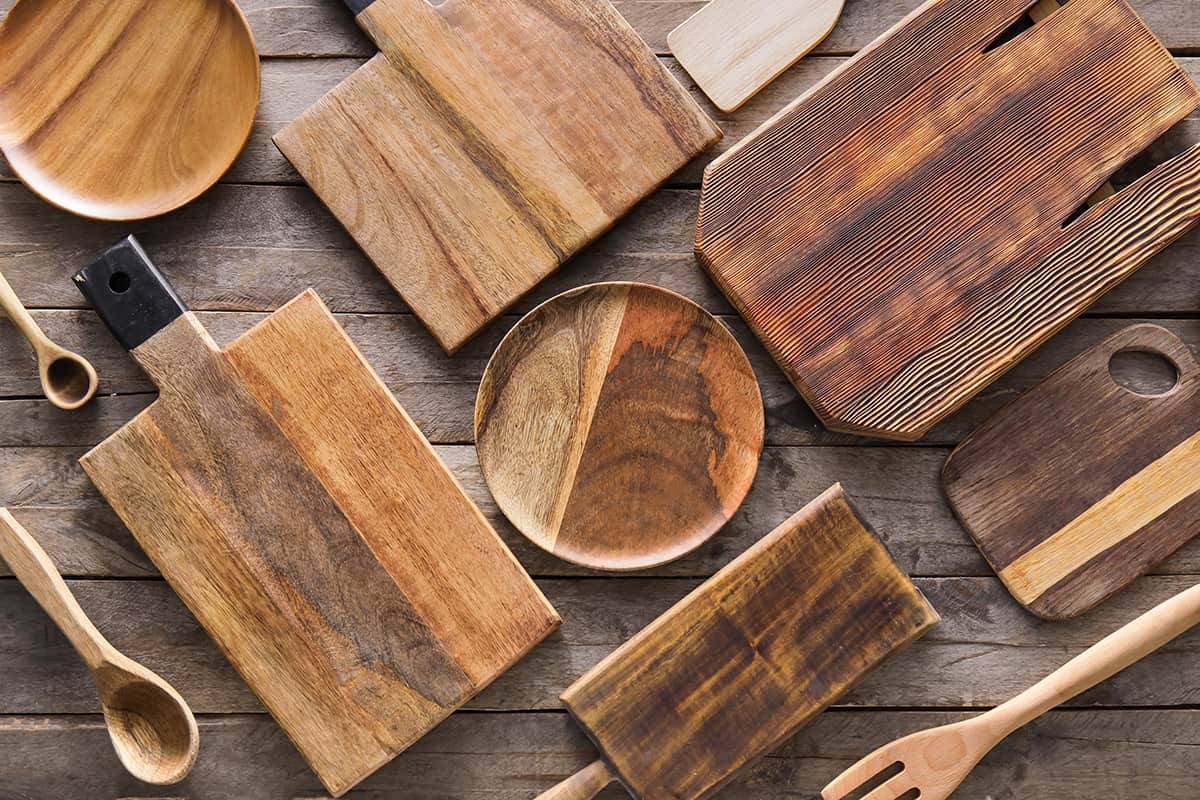
Acacia is just one of many materials used to make cutting boards. Others include plastic, bamboo, maple, and glass. Let’s explore how acacia compares to these common cutting board materials.
Acacia vs. Plastic Cutting Boards
Plastic cutting boards are lightweight, dishwasher-safe, and come in a variety of colors, which can be used for color-coding to prevent cross-contamination. However, they can sustain deep knife cuts, which can harbor bacteria over time. Moreover, plastic boards lack the aesthetic appeal of acacia and don’t offer the same eco-friendly benefits.
Acacia vs. Bamboo Cutting Boards
Bamboo cutting boards are also environmentally friendly and have a hardness comparable to acacia. They are lightweight and typically less expensive than acacia boards. However, bamboo boards can be prone to splintering over time and require similar care to acacia, such as hand washing and periodic oiling.
Acacia vs. Maple Cutting Boards
Maple cutting boards are a popular choice for their dense, closed grain and durability. They’re similar to acacia in terms of hardness, providing excellent resistance to knife marks. However, some maple variants are heavier and more expensive than acacia boards and require similar maintenance.
Acacia vs. Glass Cutting Boards
Glass cutting boards are easy to clean and sanitize and won’t absorb smells or stain like some other materials. However, they are hard on knife edges, dulling them quickly, and lack the natural, warm aesthetics of acacia.
Comparing Cutting Board Materials
| Material | Durability | Maintenance | Hygiene | Aesthetics | Environmental Impact |
| Acacia | High | Regular oiling, hand wash | High | High | Low (sustainable resource) |
| Plastic | Medium (can harbor bacteria in knife cuts) | Dishwasher safe | Medium | Low | High (non-biodegradable) |
| Bamboo | High (can splinter over time) | Regular oiling, hand wash | High | High | Low (sustainable resource) |
| Maple | High | Regular oiling, hand wash | High | High | Medium (slow-growing resource) |
| Glass | High | Dishwasher safe | High | Low | Medium (recyclable, but high energy to produce) |
How to Care for Your Acacia Cutting Board
If you’re thinking of investing in an acacia cutting board, there are a few key things you should bear in mind regarding its maintenance.
1. Cleaning Your Acacia Cutting Board
After each use, wash your board with warm, soapy water and rinse it thoroughly. Make sure to clean both sides to prevent warping. Dry it immediately and thoroughly with a cloth to prevent any water absorption, which can lead to swelling or splitting of the wood.
For deep cleaning or to remove strong odors like garlic or onion, sprinkle some baking soda on the board and scrub it gently with a cloth or sponge. Then rinse and dry as usual.
2. Oiling Your Acacia Cutting Board
Use food-grade mineral oil or a specific cutting board oil for this purpose. Start by ensuring the board is clean and completely dry. Apply a generous amount of oil to the board, rubbing it in with a soft cloth or paper towel. Leave the oil to soak in overnight if possible, then wipe off any excess oil in the morning. You should do this once a month, depending on how frequently you use it to prepare food ingredients.
3. Storing Your Acacia Cutting Board
Store it in a dry, cool place, away from extreme temperatures and direct sunlight, which can cause warping or cracking. If you have space, store the board vertically to allow air circulation and reduce the chance of any moisture build-up.
